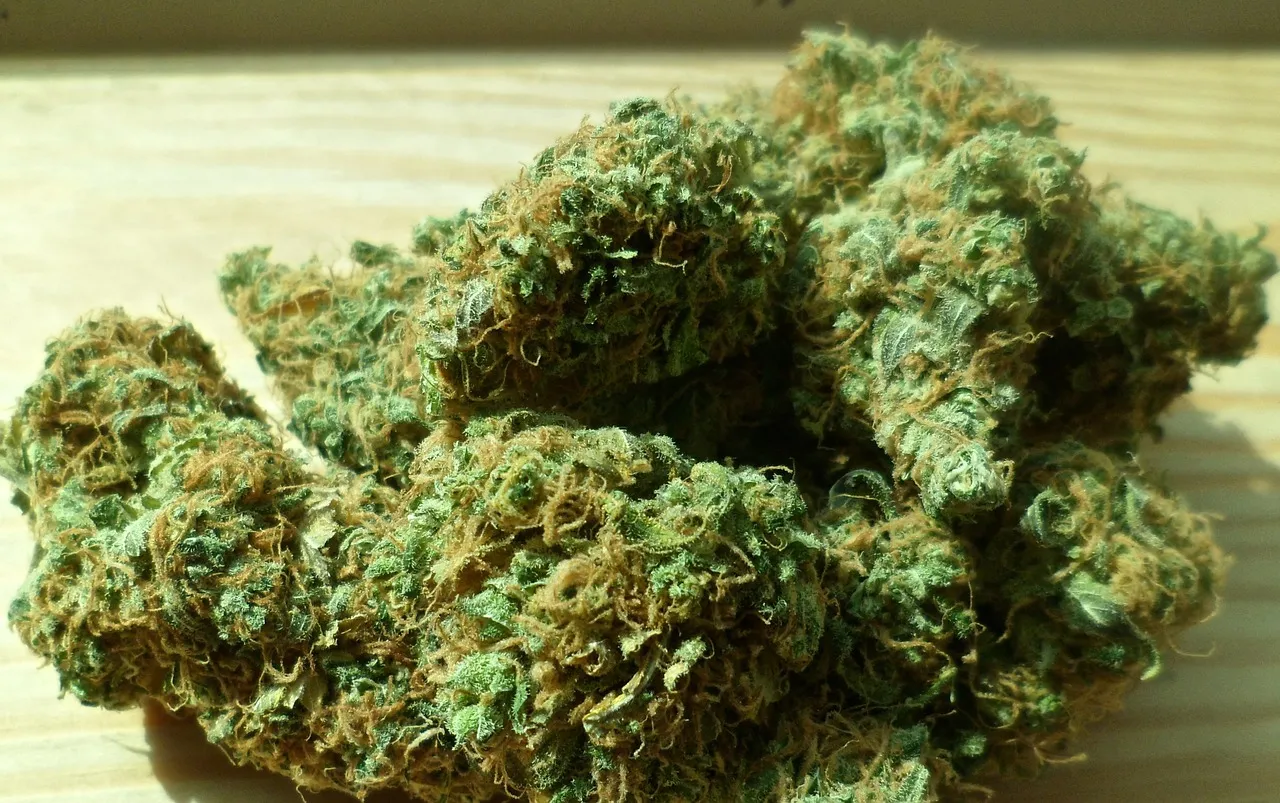Table of Contents
It’s late Friday night and I’m on my usual evening jog. Turn left down Campus Drive, cross by Tresidder and Axe & Palm, into the home stretch down Santa Teresa, and the instant I pass by AAORP I smell it. The distinct, unforgettable pungency that twists its way up from the smoky apartments of FroSoCo in an acrid, sickly-sweet fog, the spice almost overpowering to my tired lungs.
Unfortunately or not, the use of marijuana is not reserved to weekend celebrations and freshmen excited by California’s lax drug policy. Its prevalence on our campus can be a surprising facet of life here to those new at Stanford, but that astonishment vanishes once the University’s stance on the drug is examined. Or rather, lack thereof; while Stanford holds official student policies on both tobacco smoke and alcohol consumption (as well as ceding to California state law on these and other controlled substances), it takes no such specific stance for marijuana usage. California has become somewhat infamous for its permissive stance on marijuana production and consumption. Thus, though the drug can no doubt be obtained through illegal means, all that’s really needed is a doctor’s recommendation for a treatable condition.
Interestingly enough, a side-effect has arisen as marijuana becomes more prominent at Stanford. As support for it rises, that for tobacco seems to be waning and a prejudice rapidly forming against it. Recently the Faculty Senate postponed voting on an all-campus smoking ban (tobacco only, recall), that would in essence push all forms of tobacco smoke to the other side of Campus Drive. The only spaces allowed for smoking would be designated outdoor areas and, interestingly enough, faculty/staff residential areas. Slight hypocrisy aside, the ban was designed to be a preventative measure against any sort of respiratory problems resulting from potential second-hand smoke.The health detriments from tobacco smoke, cigarettes in particular, are as lengthy and documented as the drug’s history.
What about marijuana, though? Could its acrid emissions cause similar health concerns, perhaps more concerning given its wide usage at Stanford? The drug itself causes several immediate health issues, such as lung irritation, emotional distortion, and a possibility for decreased fertility in males, but in terms of secondary effects, we really have no clue. That’s one of the problems with its status as a new drug; while tobacco and alcohol have flourished for centuries and thus are excellently understood in terms of affecting our health and wellbeing, marijuana has no such lineage. It was not until the 1930s that marijuana and its derivatives entered widespread use within our country, and only after 1996 and Proposition 215 that the idea of medical marijuana was hit upon.
Simply put, we just don’t know too much about it. We know it reduces pain for some neurological and gastrointestinal illness and also stimulates the brain’s nervous signals into providing a chemical “high” for its user, all via a biological network called the endocannabinoid system. We know of its ability to slow other nerve signals into a lethargic mode and cause sluggish motions and sleepiness, which places it into the depressant category of drugs. We know some people passionately adore it and others vehemently loathe it, for sometimes strange reasons.
It should be remembered, though, that other drugs carry health benefits as well. Smoking can lower your risk of Parkinson’s disease. Alcohol can lengthen your life. These things carry a silver lining to them. Labeling marijuana as a panacea so early on while condemning other recreational drugs wholeheartedly seems somewhat premature (after all, tobacco was also once used as a painkiller).
Other, more sociopolitical reasons such as tax revenues or the potential for the formation of drug cartels are often championed to garner support for the wide-scale acceptance of marijuana. While these reasons may or may not be valid, It’s too soon to tell the true effects of legalizing recreational marijuana. The country thus looks to Colorado as a laboratory of democracy for such policy change, with an entire nation eagerly waiting on the test results. Two major examples of drug policy and its widespread effects are 1). the violence of the Prohibition Era after the introduction of the 18th Amendment, and 2). the harm dealt to the Chinese economy by the introduction of opium. The first is evidenced in part now, in the towns along and across our southern border. The second hopefully will not come to fruition, but again time will tell.
Until then, let’s be reasonable about this. Drugs are called “drugs” for the simple reason that they alter you in some way, be it your biochemistry, your physiology, or your attitude. Before stamping a wholehearted Seal of Approval on marijuana, we should explore any and all side-effects, both good and bad, its use might entail. The same goes for other drugs, including tobacco; let’s better grasp their true nature before we condemn them to the depths of the restricted section, without adding any kind of political bent or well-meaning overreaction to our condemnation. Stanford has a reputation of logic and intelligence. Let’s live up to it.





